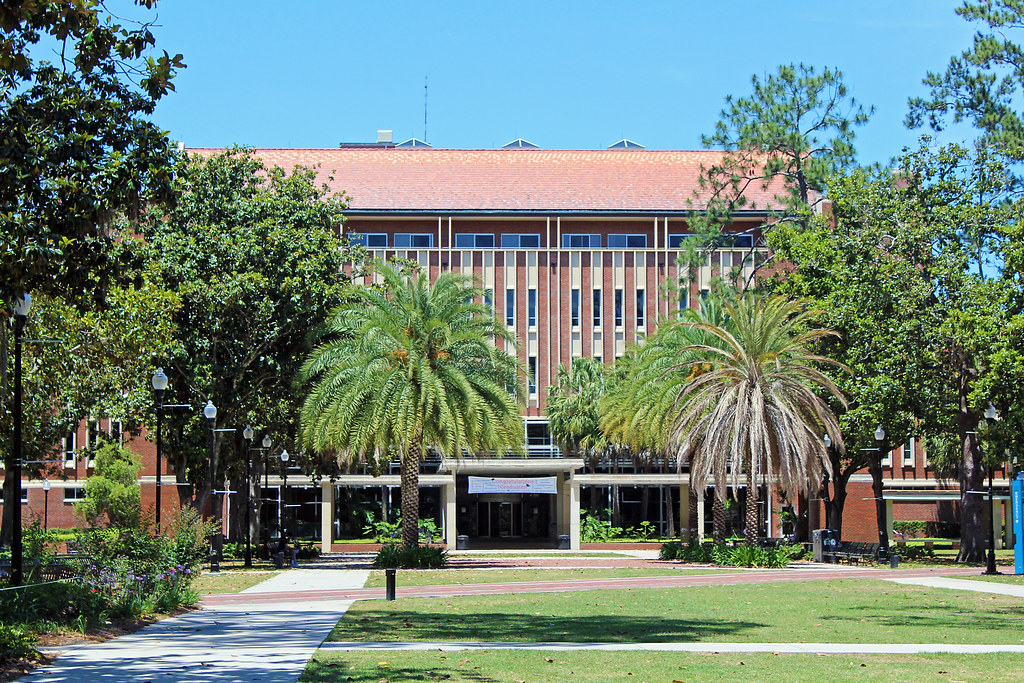
At Florida’s universities, the loss of up to hundreds of millions of dollars in federal research funding overnight is not merely a budget crisis it is reengineering of the state’s academic mission. Mandated by Trump administration policy and supported by Governor Ron DeSantis, the reductions aim at whole classes of inquiry, from climate resilience to diversity and equity studies, with spillover effects throughout laboratories, classrooms, and community partnerships.

1. The Extent of the Cancellations
Statistics gathered by the Grant Witness database indicate canceled NIH and NSF grants in Florida alone amount to more than $170 million in recent years, with at least $80 million in obligated but unused funds now gone. Statewide, over 1,600 NSF awards have been terminated this year as part of a sweeping federal effort to cancel funding for so-called “low priority areas” like climate, clean energy, and “woke social, behavioral, and economic sciences.” The Environmental Protection Agency, USDA, and other agencies have similarly canceled thousands of awards midstream.

2. Engineering and Environmental Projects in Jeopardy
The University of South Florida’s $14.9 million EPA grant to provide municipal water service to 50 multifamily developments that still are drawing from potentially contaminated wells and septic systems post-Hurricane Milton was canceled despite rewriting it to eliminate the use of phrases such as “disadvantaged” and “climate change.” The technical scope of the project was water quality monitoring, hydraulic modeling, and infrastructure retrofitting work currently on hold while the university looks for private-sector partners.

3. Agricultural Innovation Stalled
The USDA revoked a $4.9 million grant to develop “climate-smart” industrial hemp markets in Louisiana and Alabama at Florida A&M University. Engineering under the program entailed designing better hemp fiber processing systems and sustainable cultivation methods to lessen environmental footprint. Without federal support, commercial-scale ramping up of these technologies is much less likely.

4. Disruption to Research Pipelines
The University of Florida alone has released that it loses over 70 federal grants totaling over $35 million, involving projects in geosciences, atmospheric sciences, and aquatic systems. UF responded by permitting faculty to add explanations to performance reviews for funding interruptions and shifting internal assistantships to retain graduate researchers. Other state universities consider similar temporary fixes.

5. The Federal Mechanism Behind the Cuts
The National Science Foundation’s traditional three-step peer review program officer screening, expert panel review, and directorate approval has been circumvented by the Department of Government Efficiency (DOGE), whose staff can veto proposals without comment. Staff members at NSF report that proposals containing even tangential mentions of DEI or environmental justice are being weeded out, irrespective of technical quality. This circumvention of merit review dissects the agency’s legislative charge to “promote the progress of science” in all disciplines.

6. Legal Struggles and Short-Term Reprieves
Sixteen states controlled by Democrats are suing to prevent NSF terminations, claiming that the cancellations are contrary to statutory requirements and due process. A Massachusetts federal judge has already decided that several hundred NIH terminations were illegal, directing reinstatement, although the administration is appealing. Meanwhile, the Supreme Court is considering whether such controversies ought to be heard by federal claims court, where plaintiffs may pursue only money damages a shift in venue that would effectively bar reinstatement of cancelled awards.

7. Economic and Innovation Impacts
Analysts estimate that NIH and NSF cuts alone could reduce U.S. economic output by $10–$16 billion annually. Every $1 invested in NIH research has historically generated $2.56 in economic activity. In engineering and applied sciences, such returns are realized through commercialization of new materials, renewable energy systems, biomedical devices, and AI algorithms innovations that risk being delayed or developed overseas if domestic funding pipelines collapse.

8. STEM Education and Workforce at Risk
The NSF’s Directorate for Education in STEM has experienced 213 cancellations of grants, such as Research Experiences for Undergraduates (REU) sites, which give stipends, accommodations, and mentorship to students at under-resourced schools. Cancellations here jeopardize the development of the next generation of scientists and engineers, especially those in groups underrepresented in science and engineering. As one principal investigator said, “If you want to be inclusive and let everybody do it, you do have to compensate students to do that work.”

9. Private Funding: An Inadequate Substitute
Though some universities are resorting to philanthropic donors or industry partners, federal research investments cannot be substituted at scale. Large gifts are exceptional, found at only elite institutions, and frequently earmarked for narrow uses. Most public universities possess endowments of less than $50 million, which are not enough to absorb multi-million-dollar annual deficits in research funding.

10. Florida’s Political Alignment with Federal Policy
In contrast to other states opposing the cuts, Florida’s government is engaging in the review and recommendation process for cancellations. In one instance, the state’s DOGE team identified an NSF grant at the University of West Florida about water quality sampling techniques and aspirin synthesis for cancellation due to perceived “social justice” language, even though it did not occur in the project’s technical scope.
The reshaping of the research infrastructure in Florida is playing out in real-time, with engineering, environmental sciences, and STEM education among the most severely impacted fields. For policy analysts and administrators, the challenge is holding together vital research capacity under a funding system more concerned with political expediency than with peer-reviewed merit, as the courts weigh the legality and the future of these broad terminations.


